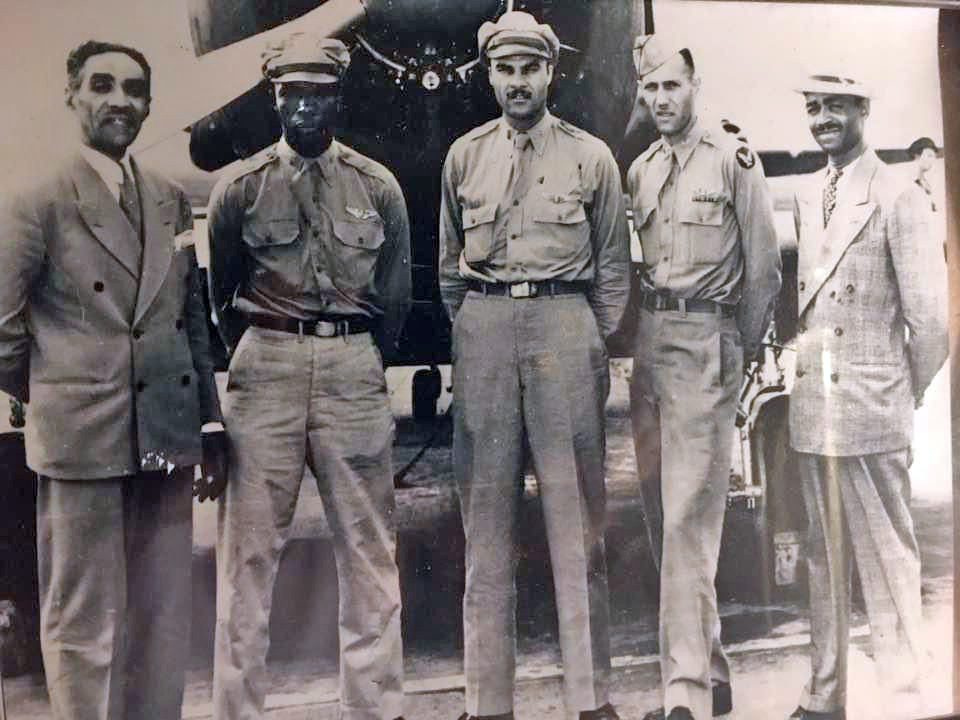The story of how Columbus became home to the legendary Tuskegee Airmen

With a quick look around Central Ohio, you’ll find numerous references to the Tuskegee Airmen – historical designations along Highway 104, exhibits at Ohio History Connection and Motts Military Museum, plaques and markers at Rickenbacker International Airport.
So, how did this elite group of Black World War II fliers from Alabama form such a close bond with Columbus?
During World War I, Black volunteers were regularly rejected from military flight schools. It was a racially motivated decision that prompted many to begin petitioning the U. S. government for equal opportunities in the military. In 1939, Congress finally approved an appropriations bill for training Black pilots at civilian schools.
The Civilian Flight Training Program at Tuskegee Institute, near Montgomery, Alabama, was chosen to select the best and the brightest of the Black applicants – the elite of the elite – for intensive instruction. Training began in 1941. Eventually, the group of 990 pilots was expanded to also include Black mechanics, technicians, flight crew and other support personnel – both men and women – about 16,000 in all.
BROUGHT TO YOU BY
With standards set so high, it should have been no surprise that these men became some of the best fighter pilots in the nation, regardless of race. Over the course of World War II, Tuskegee produced 992 pilots who flew more than 1,500 combat missions and earned their members a total of almost 1,000 medals and commendations. They operated from bases around the world.
Once the war was over, Army brass decided to consolidate the scattered Tuskegee members. Central Ohio and Lockbourne Army Air Base (now Rickenbacker International Airport) were chosen for their excellent facilities, plentiful housing and relative racial harmony. Here, the men and women continued to serve with distinction for the next three years, no doubt helping prompt President Harry Truman’s decision in 1948 to integrate all of the nation’s armed forces.
While most applauded the integration of the military, the action had one unintended effect on the tight-knit Tuskegee Airmen, themselves. One year later, their segregated unit was disbanded.
Over the decades to come, the former Airmen continued to distinguish themselves, becoming Army officers, flight instructors, doctors, elected leaders, educators, historians and more.
One of those Black pilots was 2nd Lt. Earl S. Sherard, Jr., who returned to his native Columbus after leaving the Army in 1945. Here, he became a medical doctor and a pioneer in the fields of pediatrics and epilepsy and served as the director of the Division of Neurosurgery at Children’s Hospital. In 1987, his heroic efforts to save a young girl with epilepsy were portrayed by actor Morgan Freeman in the movie, “Fight for Life.”
Want to read more? Check out our print publication, (614) Magazine. Learn where you can find a free copy of our new February issue here!
BROUGHT TO YOU BY




